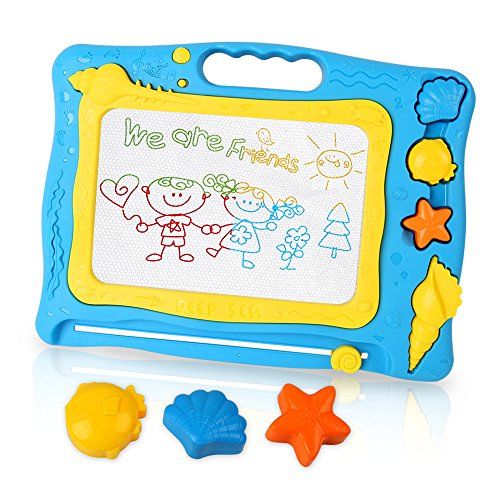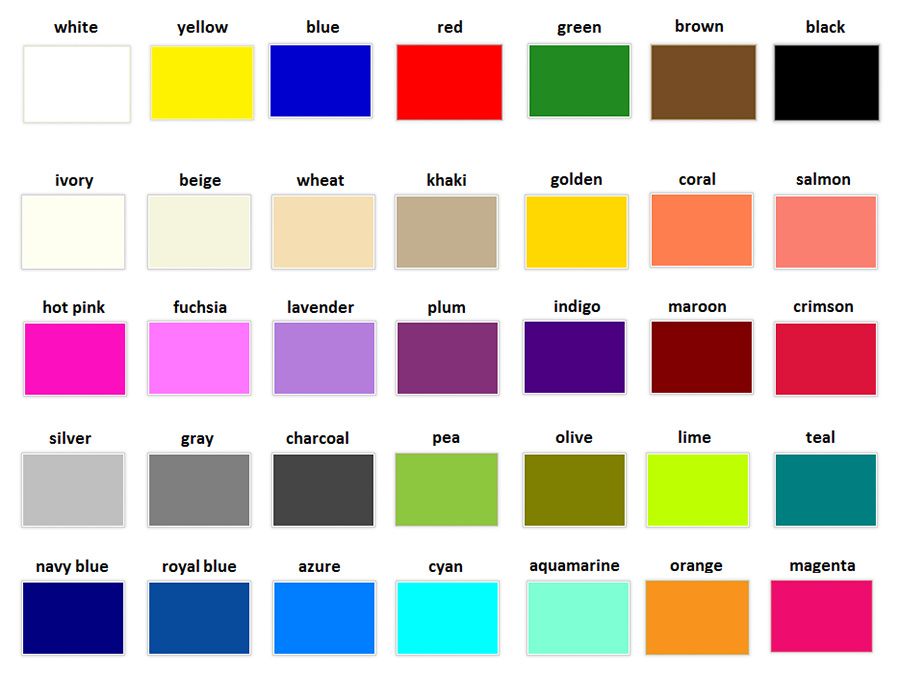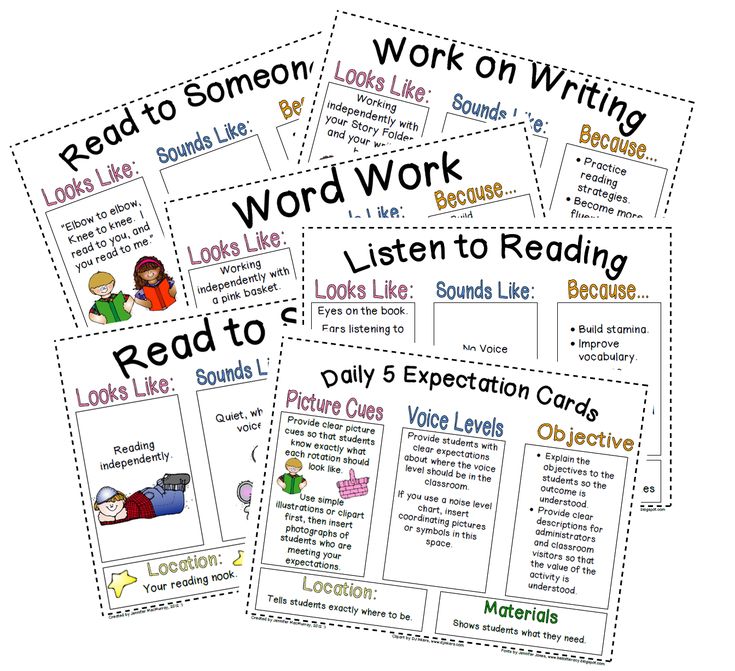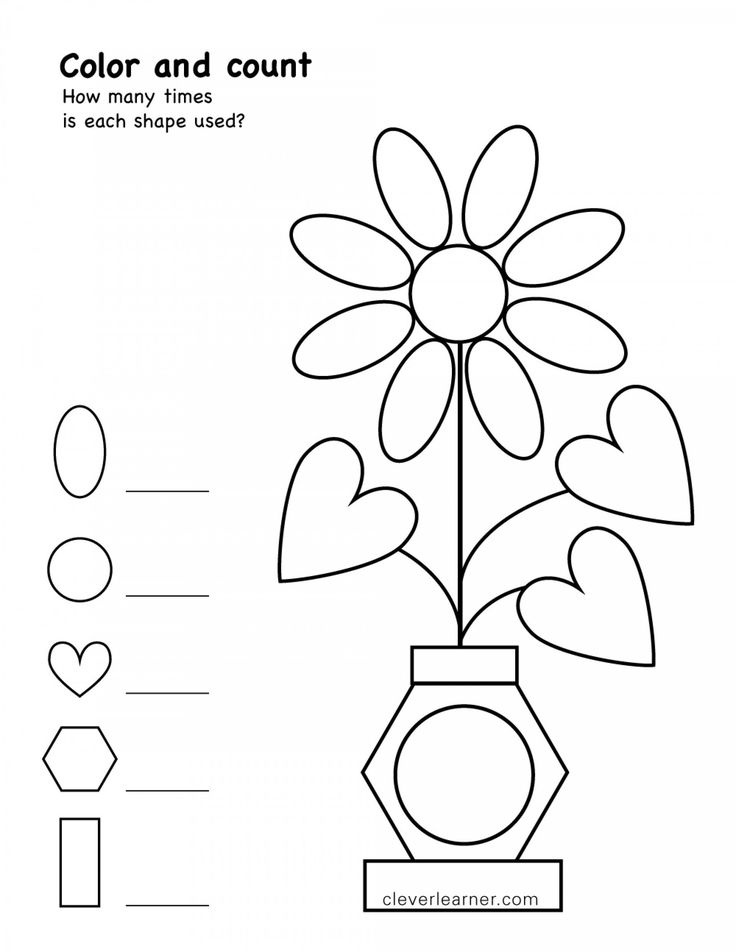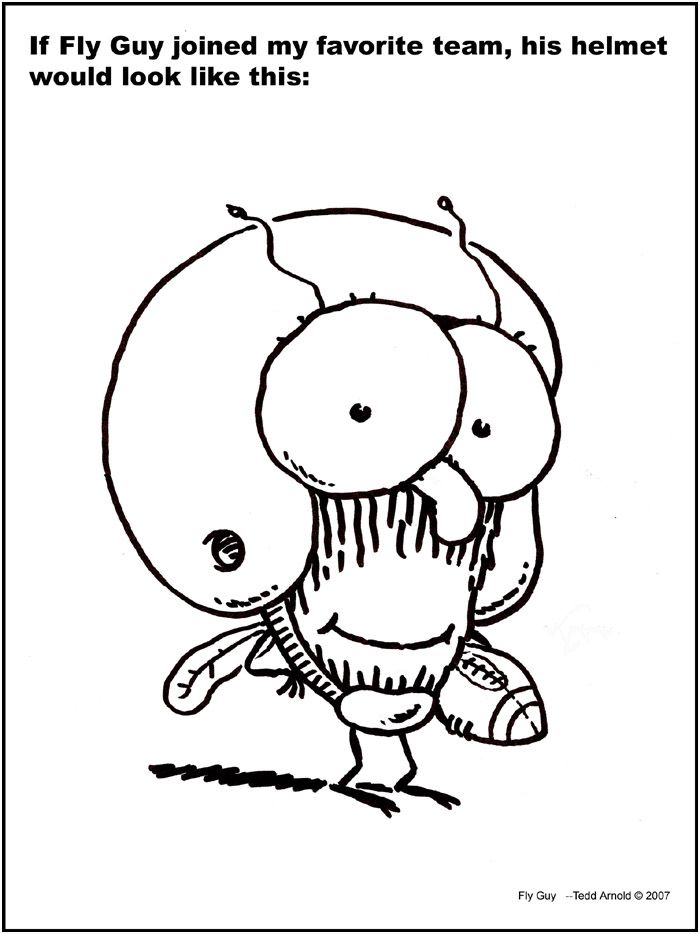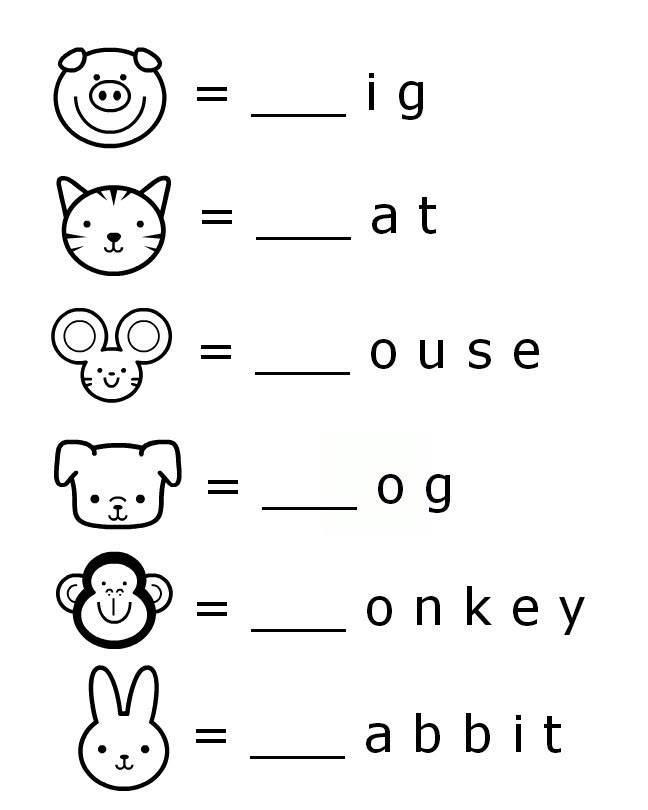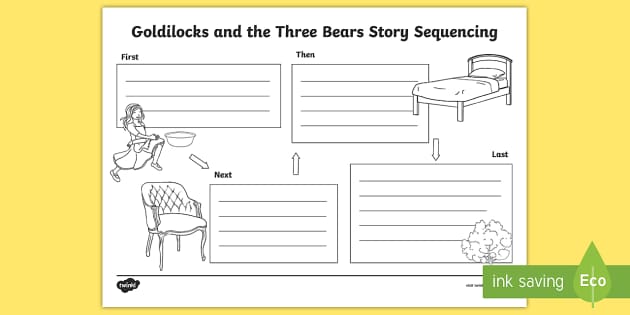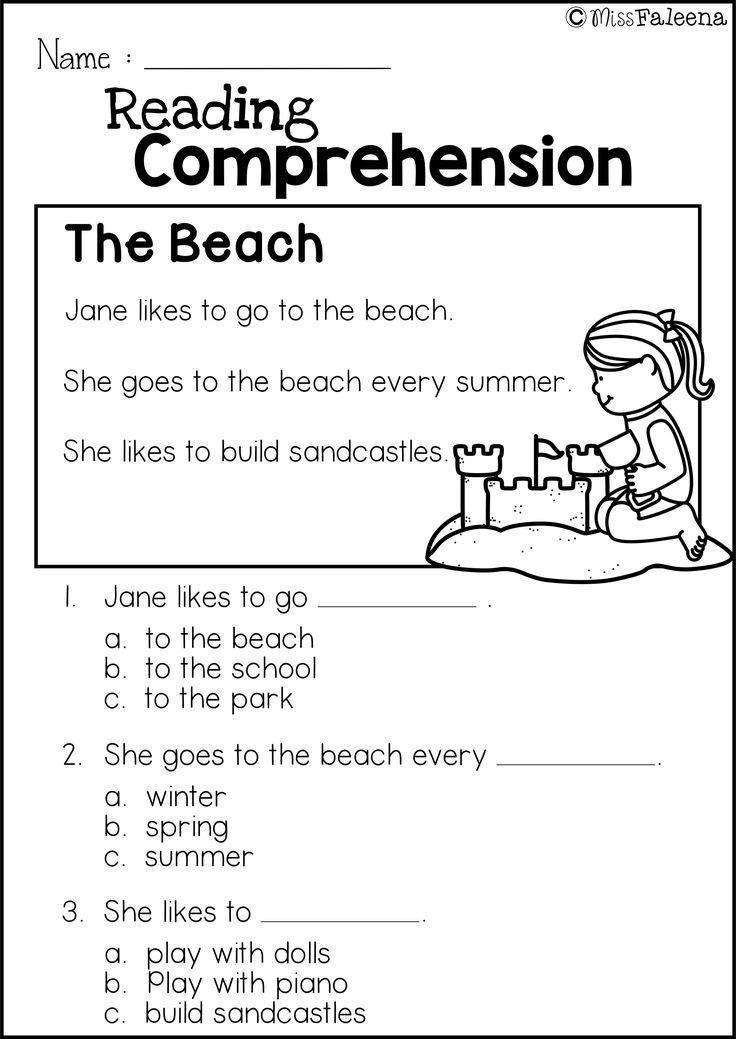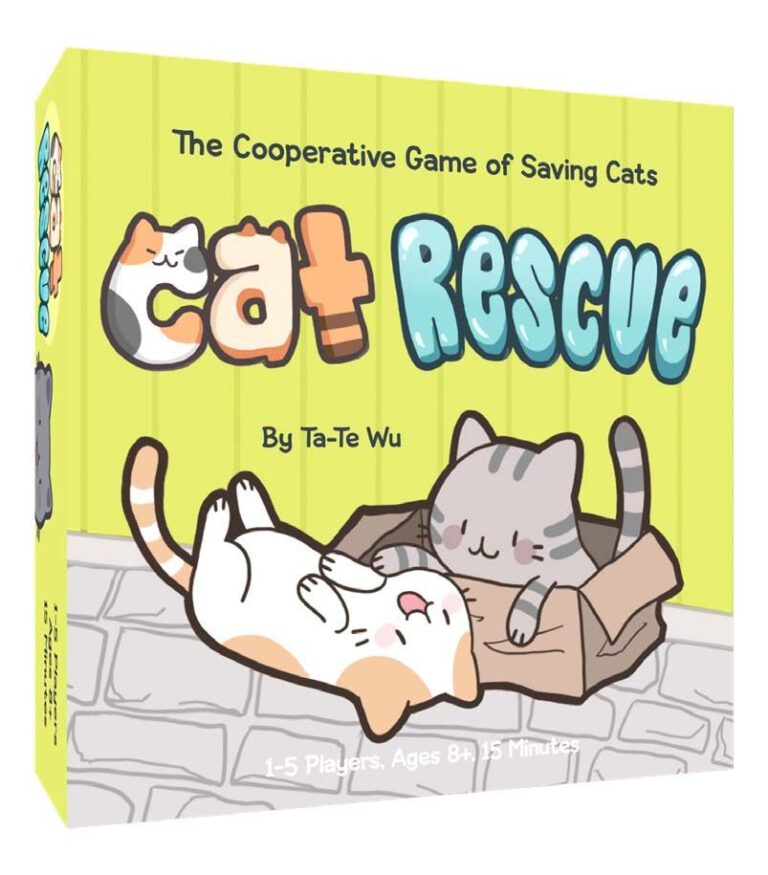Early learning for 3 year olds
Teaching Toddlers: Early Learning and Development for 2-3-Year-Olds
November 4th, 2019
Developmental milestones for toddlers and preschoolers and how to help your child reach them.The toddler years are a critical time in learning for your child. As children begin to walk, talk, and explore, it is up to parents to provide the right tools and activities to help them grow.
Babies transition to toddlers at around 24 months old, after moving from crawling to walking (or “toddling”). At one-year-old, most children say their first words and begin pointing and using hand movements. From here on, your child will continue to learn more and more words (including some we would rather them NOT learn!) Their vocabulary will typically increase slowly during the first six months, then rapidly the following six. By this time your child’s vocabulary will have increased from one or two words to fifty or more. After this two-year-old developmental milestone, your child will begin to create simple sentences.
They will also be able to follow simple two-step commands like, “Pick up your toy and put it away.” (Just a heads up, just because they CAN doesn’t mean they WILL. That might take some work.)
Children at this age understand more than they can express, which can lead to frustration and tantrums. If you see a tantrum brewing, try to distract your toddler with a book or toy. When teaching your child a new task or skill, try to find time when they are well fed and rested. A tired or hungry toddler is more likely to get frustrated and lash out.
As hand-eye coordination and manual dexterity increases, your child will begin to explore their surroundings and toys more closely. Safety becomes even more important as your child becomes more mobile and begins exploring your home. Make sure to childproof your home to prevent accidents. As your child becomes more curious and begins to explore, supply them with age appropriate toys. These toys should allow mastery of a skill before more complicated toys and tasks are given.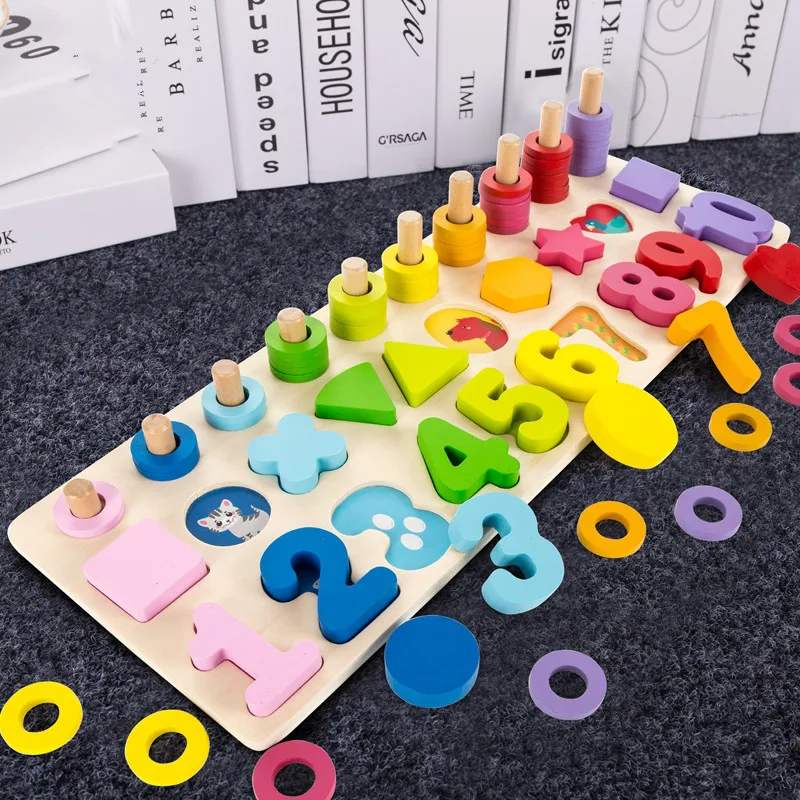
As toddlers grow, they become aware of what objects are used for and will begin to play accordingly. The concept of pretend play also begins. Your child will begin to use their toys imaginatively and invent creative play scenarios. Toddlers who are in daycare or are around other children may now go on playdates. Do not expect your child to play cooperatively at first. As a parent, you will have to teach them concepts such as taking turns, sharing, and nonviolence. In these situations, older siblings can be good role models in how to behave.
As toddlers become more independent they will want the freedom to explore. But after this, they will often come running back to you for comfort and reassurance. Allow the space for them to explore, while also making yourself available for support and comfort. Sometimes, your toddler might cry and cling to you when you try to leave. This is called separation anxiety and typically starts around nine months of age but can begin later. Separation anxiety begins to subside as your child develops social and language skills to cope with unknown scenarios.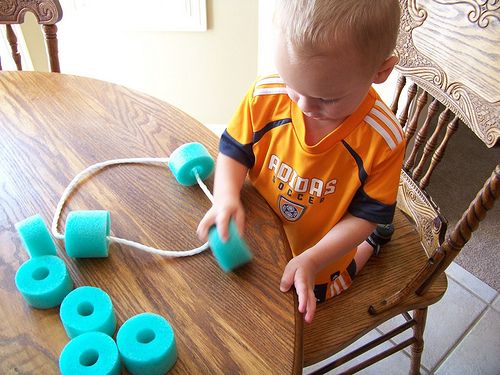 As they grow, your child will learn that their separation from you is only temporary.
As they grow, your child will learn that their separation from you is only temporary.
Once your toddler begins walking, talking, and exploring the world around them, they will begin to learn and absorb information quickly. As a parent, there are things you can do to facilitate this learning. Allow your child chances to explore in a safe environment. Play engaging games with your child like peekaboo and pat-a-cake. Children often mimic behaviors of adults and are fascinated by things as simple as everyday housework. You can provide your child with age appropriate toys that will help with this such as a kitchenette or toy vacuum.
Other toys toddlers may enjoy include:
- Simple puzzles
- Brightly colored balls
- Fat crayons or markers
- Stacking or nesting toys like blocks to build towers
- Toy animals and people
- Pull, push, and riding toys
- Peg boards and shape sorters to sort shapes and colors
- Toy cars and trains
Additional activities and skills to improve your child’s learning include:
- Organization – Encourage your child to put things back into their place, keeping their space organized
- Empathy – Children who receive empathy from adults, develop the skill much earlier than those who don’t.
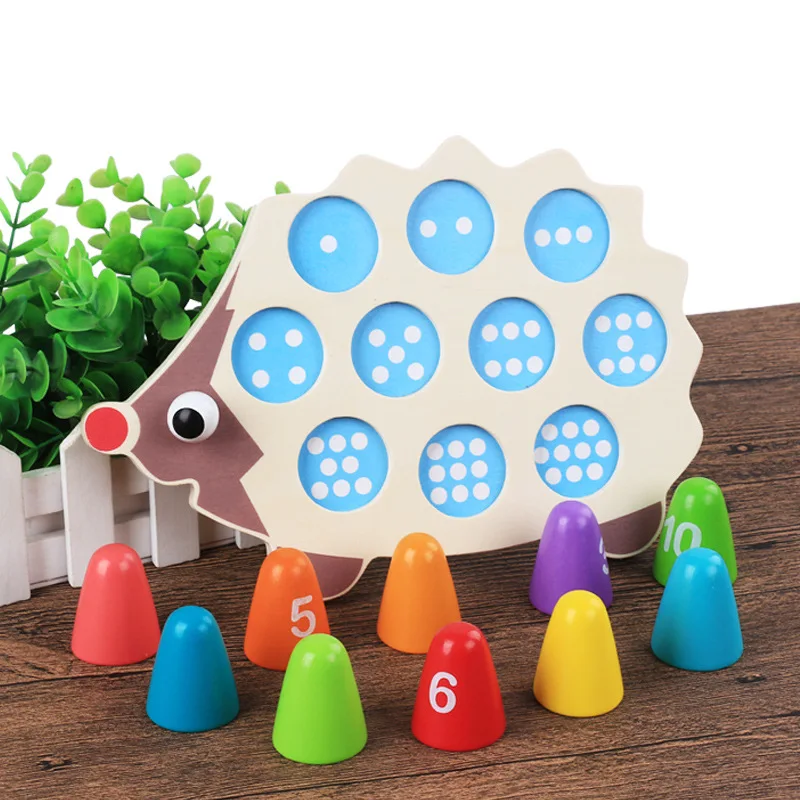
- Encourage takings turns. Ownership should be secure before children can become comfortable sharing. Help your child wait for their turn and intervene if your child routinely begins grabbing at other children’s toys.
- Teach assertiveness – Allow your child to develop their voice. Encourage them to voice their wants and opinions in a respectful manner.
- Label emotions – Their own as well as the emotions of others. Recognizing others’ emotions is an important aspect of empathy and social interaction.
- Praise your child and let them know why so they can feel good about themselves, instead of just seeking the validation.
- Read – Reading to your child continues to be important as they can follow along with the stories. Be sure to point at the pictures as you read to help your child make connections. Encourage your child to name objects that they know. Afterwards, ask your child questions about the story.
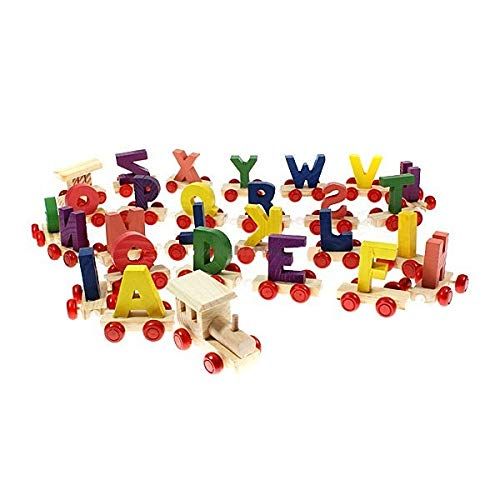
- Talk to your child about daily events or other topics to encourage language development.
Keep in mind that all toddlers develop at different rates. If you have concerns, consult your doctor or a specialist.
Categories: Growth & Development, Tips for Parents. Bookmark this Event.Preschool Early Education for 3-4 Year Olds
(3-4 years old)
Welcome to preschool, where we get them ready for what comes next … “big kid school!”
This age is all about expression, when kids really start to form their own ideas about what they want to play and how they want to create. Every day in our preschool classroom, your child will explore science experiments, create artwork, and play pretend—all the skills needed for their big next step: kindergarten!
At KinderCare, we put safety first to protect our families and staff. Visit our health and safety page to learn more.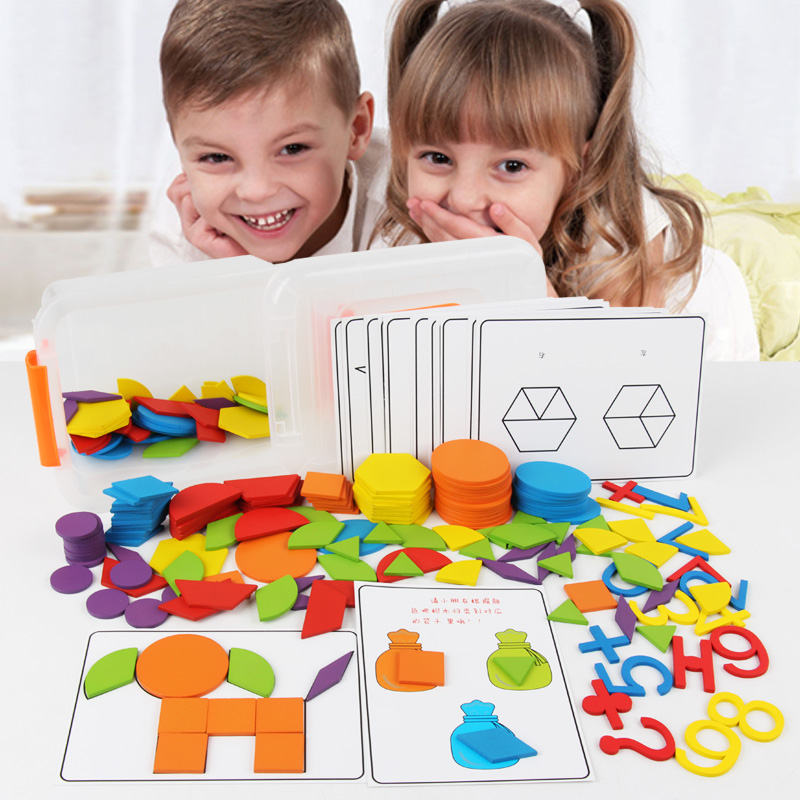
Everyone belongs in our circle
We build warm, welcoming, and supportive classrooms for children of all abilities, backgrounds, and experiences.
Find my nearest center
Explore the preschool classroom
Take a look at how we set up our classroom for preschoolers. It’s organized for their age and stage of learning and development.
Open-ended questions
As your preschooler moves through their day, they’ll hear a lot
of open-ended questions. For example, instead of saying,
“Paint your flower petals with red and yellow,” we might ask,
“What color would you paint your flower?” It’s a small change
that makes a big difference in building your child’s confidence.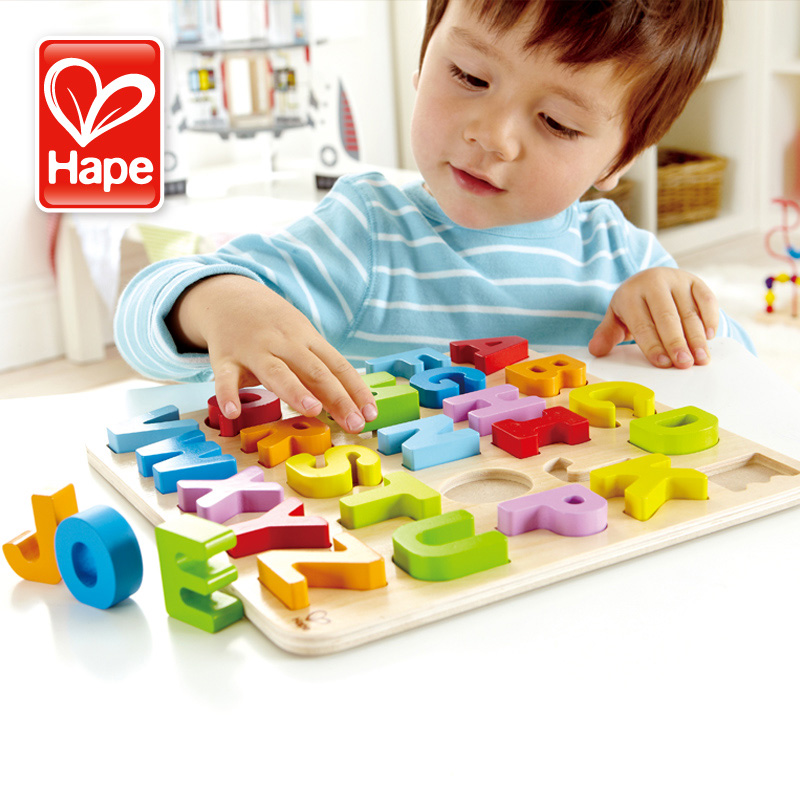
Preschoolers play their way
For much of the day, kids create, play, pretend, and express themselves their way! This kind of independent play builds critical thinking skills, self-reliance, and confidence for life.
Inside a preschooler’s day
Our caring teachers set a daily rhythm for preschoolers that consists of group time, story time, outdoor play, meals and snacks, and naps, and most especially, lots of unstructured playtime.
Group time
Group time happens every day in each of our classrooms. Preschoolers come together to do a group activity or listen to a read-aloud.
Meals and snacks
Every day, preschoolers sit down to a meal, where they eat healthy
fruits and vegetables, lean proteins, and
whole grains—never juice or fried foods.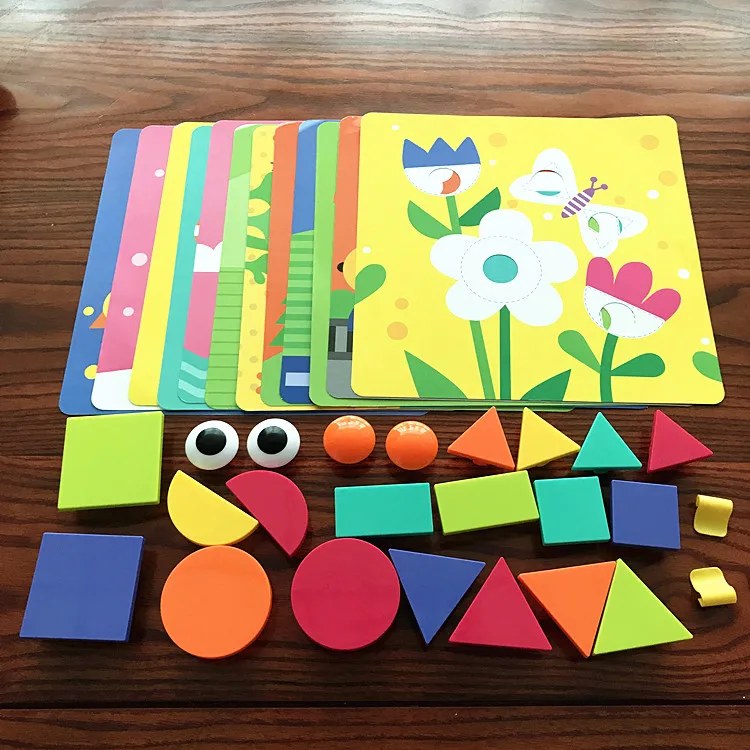
Outdoor playtime
Most of our classes spend 20–30 minutes outside at least twice a day, weather permitting. They can really get going at this age! It’s a time to explore and play using their imaginations.
Preschool curriculum
Our incredible teachers are here to offer the safest place and most inspiring learning environment for you preschooler. Your child will practice language, math, science, Spanish, and social skills through hands-on learning and playtime.
Building brain power and strong bodies
Preschoolers start to do science experiments and learn early math concepts. This helps them build their critical thinking skills, memory, and focus. They stay healthy by playing outdoors, hopping and dancing inside, and learning about nutritious foods!
Making friends and expressing feelings
Children in our classroom are constantly building on their
new skills—and that includes the ones needed for making
friends and communicating feelings.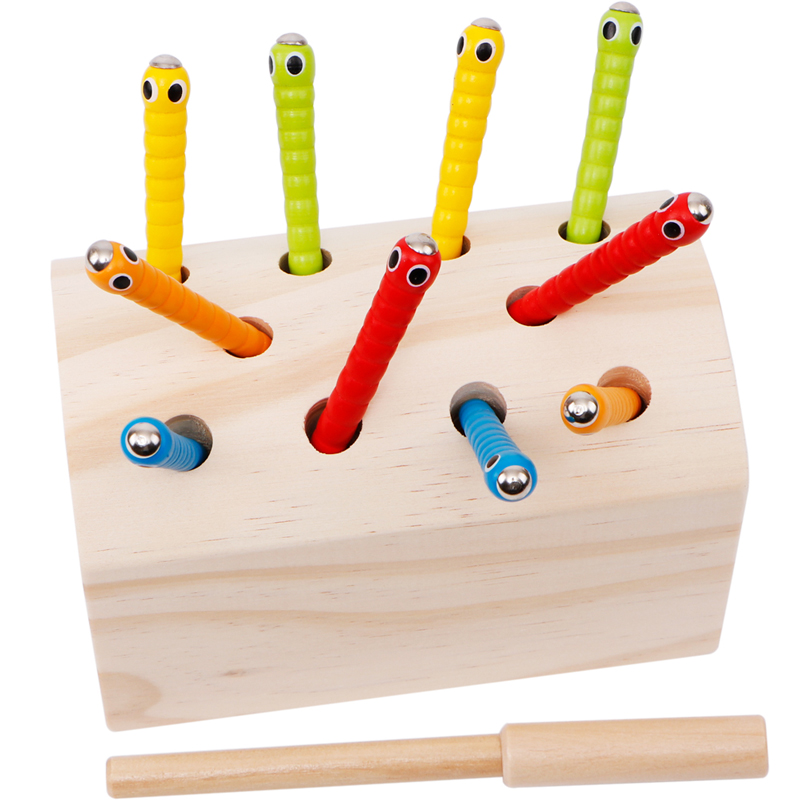 We help preschoolers
talk about feelings, show them how to resolve conflicts, and
support them as they make friends.
We help preschoolers
talk about feelings, show them how to resolve conflicts, and
support them as they make friends.
Reading books and learning to write
We get preschoolers ready for kindergarten by reading lots of books, identifying rhyming words, and writing. Singing songs and playing games help them notice similar sounding words.
Creating art and playing pretend
They’ll build lots of self-confidence by expressing themselves creatively through painting, drama, music, storytelling, and writing. We give them the tools they need to create and then watch them explore. And teachers are always nearby with words of encouragement!
Preschool classroom activities
Every day, our creative teachers guide preschoolers through fun activities that are just right for their age. Here are just a few examples!
La Casa y la Familia
Kids are introduced to Spanish words about home and family through songs, read-alouds, active games, and activities.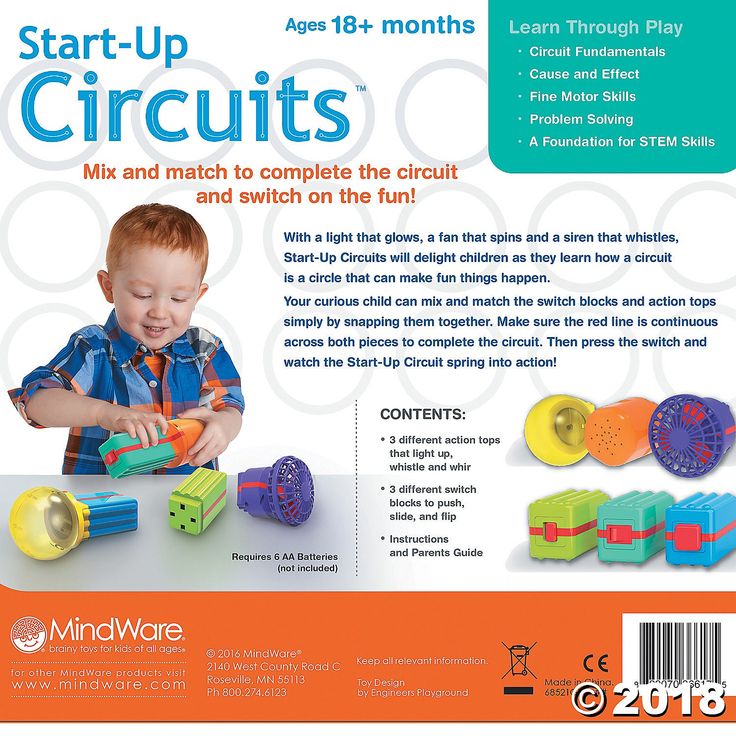
Obstacle Courses
Kids move through an outdoor obstacle course, learning to solve problems independently.
Write a Group Story
Kids create a story together using pieces of felt and a felt board.
How to enroll
We’ve gathered all the resources you need to help you make a confident decision to join the KinderCare family.
- Know what to look for in a child care center and tour ours!
- Learn about our classrooms, curriculum, and tuition.
- Find a KinderCare nearby and contact the center director.
Learn More
Children aged 3 to 4
Children from 3 to 4 years old
Child Development 3 to 4 years old.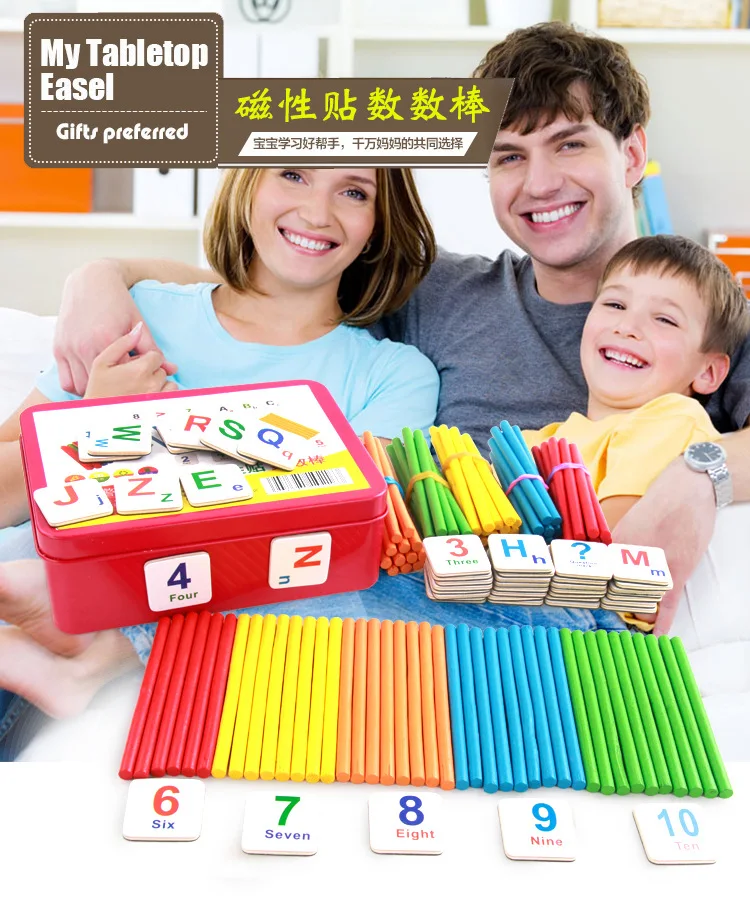 You are in the "Children from 3 to 4 years" section.
You are in the "Children from 3 to 4 years" section.
In this section, we will help you find out and determine the level of development of your child, namely, what your child should know and be able to do at the age of 3 to 4 years.
What a 3 year old should know and be able to do.
This article is for your reference and gives approximate norms for the degree of formation of your child's mental processes at this age. You can check his potential in different areas of knowledge, find out in which areas of knowledge your child succeeds, and in which additional attention and time are required. nine0005
In this section "Children from 3 to 4 years old" we have collected all the material published on our website, which will help you and your child to study, prepare for the next, more in-depth stage of classes.
You can use materials for your studies at home, in kindergarten or in elementary grades.
Mathematics
A child aged 3 to 4 should be able to:
1.The child must be able to count to three and show the appropriate number of fingers on the hand. nine0007 2. The child must be able to master the concepts: one - many, large - small, high - low, etc.
3. The child must know the primary colors (red, yellow, green, blue, white, black).
4. The child must know the basic geometric shapes (circle, square, triangle).
5. The child must be able to compare objects by size, color, shape. Be able to compare the number of items.
6. The child must be able to match a pair to an object with a given attribute.
Study aids:
1. Educational cards for games with children
2. Multi-colored playhouses
3. Cards Teaching a child to count
4. Connect the numbers and color the picture
5. The game is learning geometric shapes
6. Video-Learning counting
7. Number cards for boys
8. Introducing the child to Geometric shapes
9. Cards with numbers from 0 to 10
10.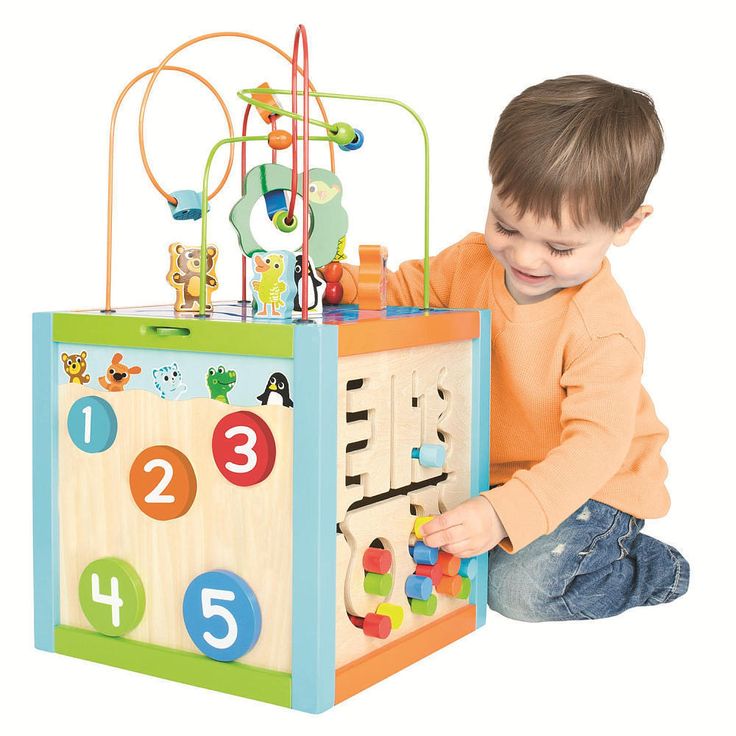 How to teach a child to count in a playful way
How to teach a child to count in a playful way
11. A game for learning Geometric shapes
12. Number cards for girls
13. Puzzles-double geometric shapes
14. Puzzles-double Numbers and Counting
15. Geometric shapes. We develop fine motor skills
16. We study Geometric shapes
17. I learn to count. up to 10
22. Mathematics with Dice for Children
Logical thinking
- Development of Thinking, Memory, Attention
A child aged 3 to 4 must be able to:
1. The child should be able to put together a cut picture from 2-4 parts.
2. The child should be able to find and explain inconsistencies in the drawings.
3. The child must be able to find an extra object and explain why he made such a choice.
4. The child should be able to find similarities and differences between objects.
5. The child should be able to memorize 2-3 pictures.
6. A child should be able to memorize 3-4 words that an adult has repeated several times.nine0007 7. The child must be able to memorize and repeat the movements shown by an adult 1-2 times,
8. The child must be able to remember any detail or attribute of an object.
9. The child must be able to complete the task within 5 minutes without being distracted.
10. The child must find paired objects. Be able to choose the right one from a group of objects.
11. The child must be able to pay attention to the properties and characteristics of objects, to find similarities and differences between objects.
Practice aids:
1. Find a pair cards
2. Find the shadow of the picture
3. Develop logical thinking
4. Cards for activities
5. Puzzles
6. Pick up a patch
7. Add the missing object
8. Entertaining activities with the child
9. Playing in opposites
10. Orienting in space. Right and Left
11. Game - "What is What?"
12. Game Catch a fish
13.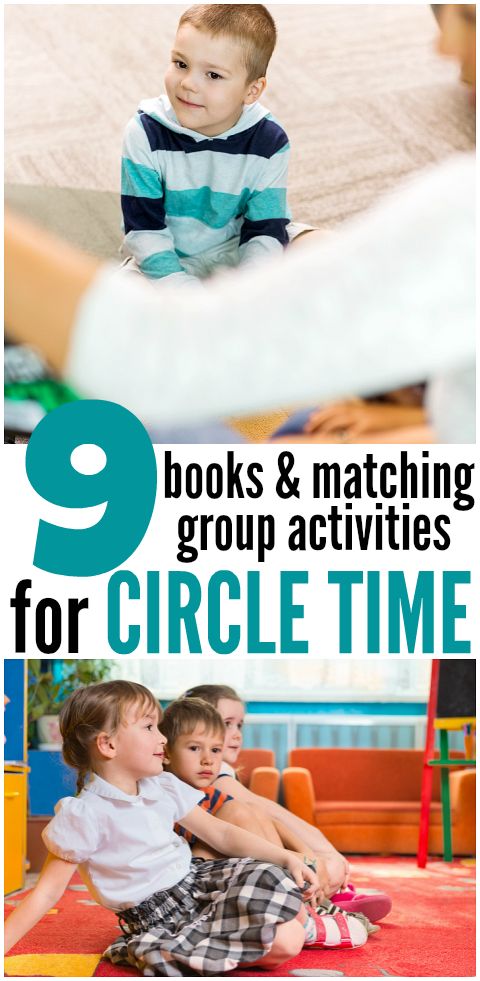 Association game: Find a pair
Association game: Find a pair
14. Game for the Development of Memory and Attention
15. Guess Whose Shadow
Speech development
A child aged 3 to 4 should be able to:
1. The child should be able not only to visually perceive images, but also to describe what he saw.
2. The child easily forms simple sentences, gradually moves to complex ones (from 5-6 words).
3. The child must be able to separate objects into groups: furniture, dishes, clothes, etc.
4. The child must be able to name one attribute of each object.
5. The child must know the names of the basic actions of people and animals (lie down, sit, run, etc.)
6. A child should be able to repeat rhymes and songs after an adult.
7. The child must know his first and last name.
8. The child must be able to control the power of the voice, speak loudly - quietly.
Study aids:
1.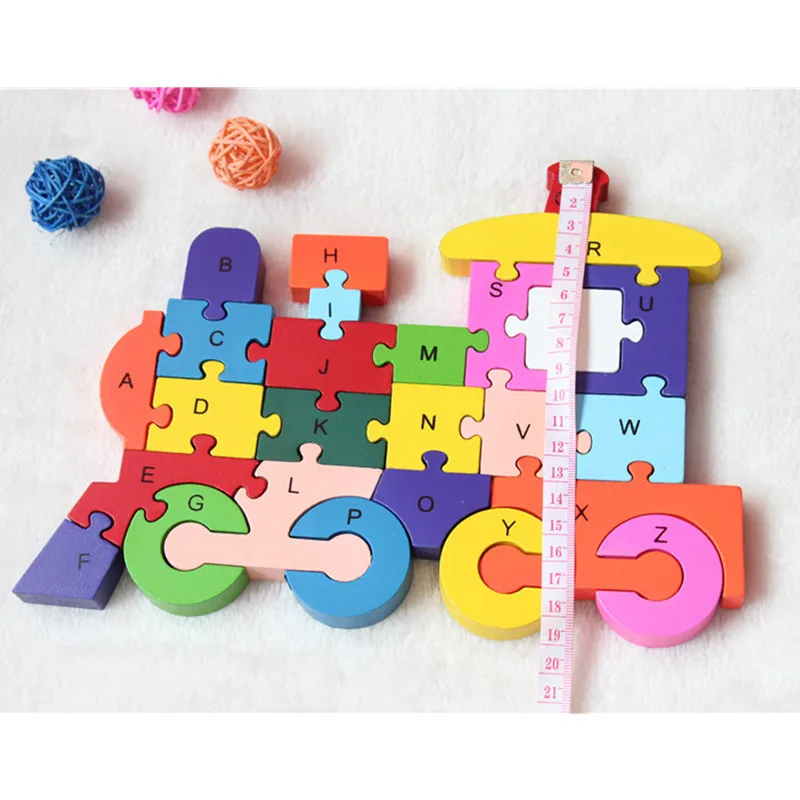 Letters of the Alphabet-Puzzles
Letters of the Alphabet-Puzzles
2. Learning the letter A. What the beech A looks like. . Color Letters of the Alphabet
7. Lotto learning Letters
8. Cards with Letters and a Picture
9. Talking tongues
10. Musical game for the development of speech
11. Cards - What letter does the word begin with
The world around us
A child aged 3 to 4 years should be able to:
1. The child must know the names and be able to show domestic (cow, goat, horse, cat, dog, etc.) and wild (wolf, hare, fox, etc.) animals.
2. The child must know the names of 3-4 birds (sparrow, swallow, crow), 3-4 fish (whale, catfish, shark) and 3-4 insects (grasshopper, butterfly, bee). nine0007 3. The child should know the names of the main plants: 3-4 trees (birch, oak, apple) and 3-4 flowers (chamomile, tulip, rose).
4. The child should know what vegetables, fruits, berries, mushrooms are.
5. The child must have an idea about the materials from which the surrounding objects are made.
6. The child must know the parts of the day - morning, afternoon, evening, night.
7. The child should be able to name natural phenomena - rain, snow, wind.
Practice aids:
1. Flashcards Parts of the human body
2. Transport cards
3. Fruit cards
4. Vegetable cards
5. Learn Color cards
6. Furniture cards
7. Animals and what they eat cards
8. Clothes and Shoes cards
9. Cards Animals and Birds
10. Fruits and berries. Learning and coloring
11. Vegetables. Learning and coloring
12. Fruits and Berries (coloring cards)
13. Vegetables (coloring cards)
14. Unique books - Seasons
15. Insects cards
16. Dishes and Cutlery
17. Cards Game "What for What"
18. Cards Insects 2.
19. Educational Games with Clothespins
Household Skills
:
1. The child must be able to put on things independently (without fasteners).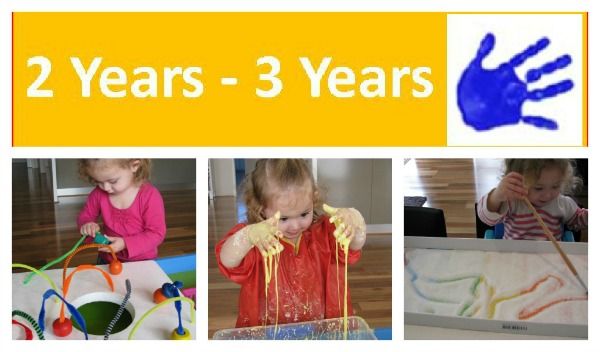
2. The child must be able to cut paper with scissors.
3. The child must be able to use pencils, markers, pens, etc. Be able to draw circles, dots, lines. nine0007 4. The child should be able to trace and color pictures.
5. The child must know the basic rules of hygiene.
Practice aids:
1. Stencils for drawing
2. Paper fruits
3. Paper toys
4. Christmas tree applique
5. Juice box crafts
6. Hand flowers applique
making applications
8. DIY space machine
9. Cars with eyes
10. Book My House
11. Bus for little ponies
12. Palm Frame - for babies
13. Plasticine and beads
14. Applications from Buttons
15. Christmas tree from Cones with your own hands
16. Cheerful Chupa-Chups
Read also the article for Development of the Child.
Find out what a child should know and be able to do by age. Take advantage of the training aids offered by our website.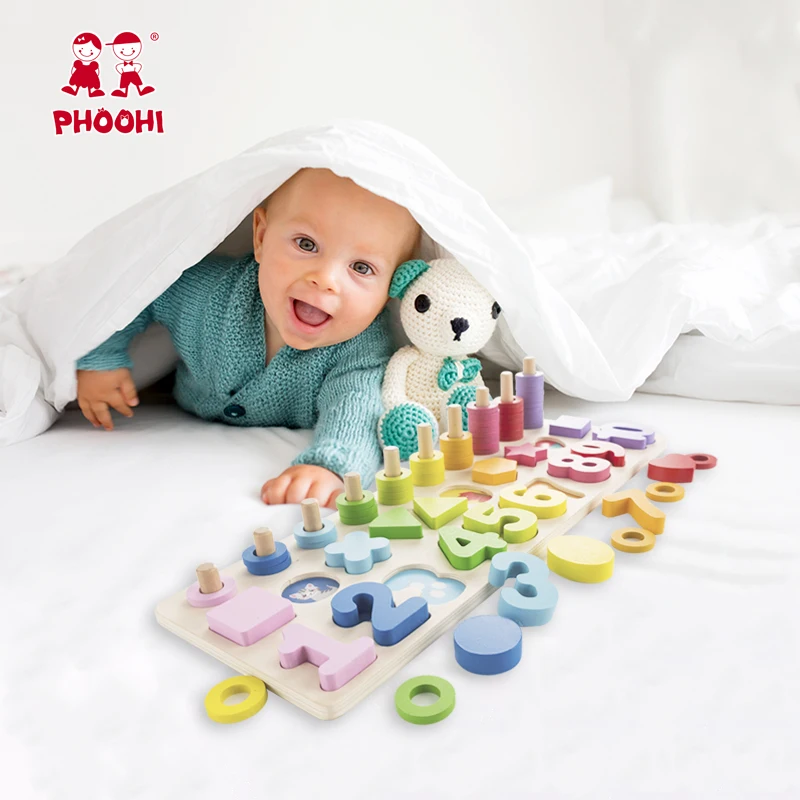
Child development calendar up to 1 year (by months)
Child from 1 to 2 years old
Child 2 to 3 years old
Child 4 to 5 years old
Child 5 to 7 years old
Our Partners - WORLDWIDE SHIPPING!
Main page
Subscribe to: Messages (Atom)
-
Hard and soft consonants
Use flashcards to teach your child when consonants are soft and hard. Blue - solid Green -
-
Syllables. Making words from syllables
Syllables. Making words from syllables. Download free flashcards with letters and syllables. There are 20 cards in total. Letters and syllables for children. Cut...
-
Russian Alphabet Color Cards
Russian Alphabet Color Cards. Each card with a letter has a picture starting with that letter. With these cards you can ...
-
Connect the numbers and Color the picture
Learning numbers and counting with your child? How to fix the passed material? Consolidation of the material covered can be turned into an interesting and r.
..
-
Profession Cards
Unique Profession Cards. Download Free educational cards with professions for your children. Acquaintance of children with professions ....
-
Cards - Teaching a Child to Count
Cards - how to teach a child to count. Simply print out the colored cards to help your child learn the numbers 1 to 10. Suggest...
-
Developing Cards for Playing with Children
Today we will get acquainted with the original way of making educational cards for activities with children from 1 year old at no special cost. Interesting...
-
Number cards
Number cards. Flashcards help your child learn numbers. The cards can be used for homework, kindergarten or elementary school...
-
Pictures of Clothes and Shoes
Pictures of everyday clothes and shoes, Clothes, Shoes, clothes cards, Shoes cards. Thematic cards "Clothes"
-
Syllables cards (not colored)
Syllables.
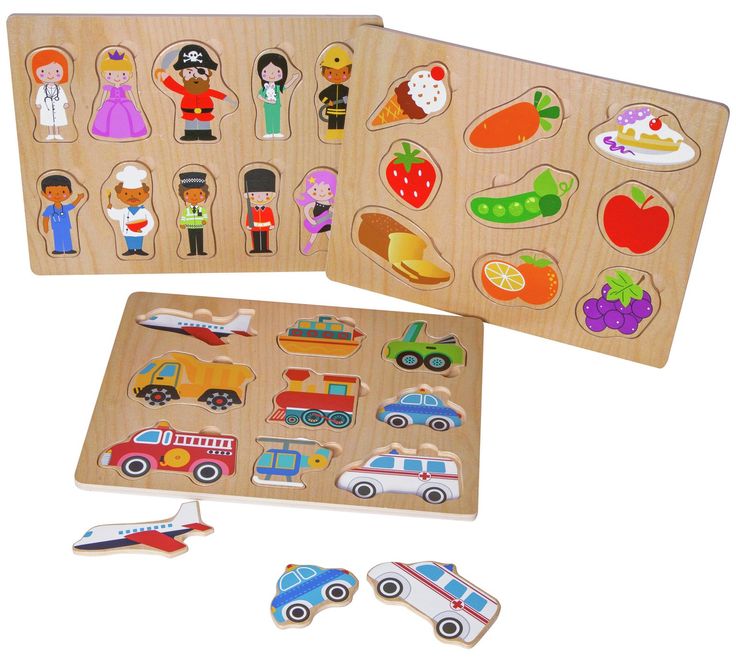 Download free cards. Download free cards (not colored) with letters and syllables. Total cards: 21. Letters and syllables for ...
Download free cards. Download free cards (not colored) with letters and syllables. Total cards: 21. Letters and syllables for ...
Children 2 to 3 years old
Children from 2 to 3 years old
Child Development 2 to 3 years old. You are in the "Children from 2 to 3 years" section. nine0005
In this section, we will help you find out and determine the level of development of your child, namely, what your child should know and be able to do at the age of 2 to 3 years.
Each period in the development of a child is very important and is associated with the knowledge, skills and abilities that a child must acquire at a particular age. I would like to once again draw the attention of parents to the fact that developmental standards apply to most children, but not to all. After all, the development of each child is individual and depends on many factors. Therefore, do not worry if at a given moment in time your baby does not know how to do something: time will pass, and with your help he will definitely learn this. nine0007 What a 2-year-old child should know and be able to do
This article is intended for your reference and gives approximate norms for the degree of formation of your child's mental processes at this age. You can check his potential in different areas of knowledge, find out in which areas of knowledge your child succeeds, and in which additional attention and time are required.
We also want to note that the sooner you begin to develop logical thinking, which is based on the sensations and perceptions of the child, the higher will be the level of his cognitive activity. nine0005
In this section "Children from 2 to 3 years old" we have collected all the material published on our website, which will help you and your child to study, prepare for the next, more in-depth stage of classes.
You can use the materials for your classes at home, in kindergarten or in elementary grades.
Mathematics
A child between the ages of 2 and 3 can begin to be introduced to mathematics.Our tutorials will help you with this. nine0028
Study aids:
1. Educational cards for games with children
2. Multi-colored playhouses
3. The game is learning geometric shapes
4. Number cards for boys
5. Cards with numbers from 0 to 10
6 Number cards for girls
7. Double geometric puzzlesLogical thinking
- Development of Thinking, Memory, Attention
A child aged 2 to 3 years should be able to:1. The child should be able to follow simple instructions and requests that involve two or three actions.
2. The child must be able to draw, build, make simple puzzles, cubes with pictures.Study aids:
1. DIY puzzle book
2. DIY educational book
3. Multi-colored patterns
4. Find the shadow of the picture
5. Develop logical thinking
6.Practice cards
7. Match patch
8. Association game: Find a pair
9. Guess Whose ShadowDevelopment of Speech
A child aged 2 to 3 years should be able to:1. The child should be able to put together phrases of 4-5 words.
2. The child understands perfectly well what adults say to him (everyday words and phrases).
3. A child can learn simple rhymes and nursery rhymesTraining aids:
1. ABC for Children
2. ABC in the Circus
3. Singing the Russian alphabet
4. How to teach a child letters
5. Colored Letters of the Alphabet
6. Games with cards
7. Rhymes for children
8. Game for the development of Speech
9. Letters of the Alphabet-Puzzles
10. ABC in the form of cards
11. Cards with Letters and a Picture
12. Clean tonguesThe world around
A child aged 2 to 3 years should be able to:
1.The child must know the parts of the body and face.
2. The child must be able to name what, swims, flies and rides.Training aids:
1. Children's games Ice fun
2. Cards Parts of the human body
3. Fruits with their own hands
4. Cards Parts of the human body
5. Cards with the image of Transport
6. Cards "animals and what they eat "7. Fruits and Berries (coloring cards)
Household skills
A child aged 2 to 3 years should be able to:1. The child must be able to go down and up the stairs. nine0007 2. The child must be able to dress and undress.
3. The child must be able to use the potty independently.
4. The child can walk backwards.
5. The child must be able to balance on the bar.
6. The child must be able to draw a vertical line.
7. The child should be able to cut paper by holding scissors with one hand.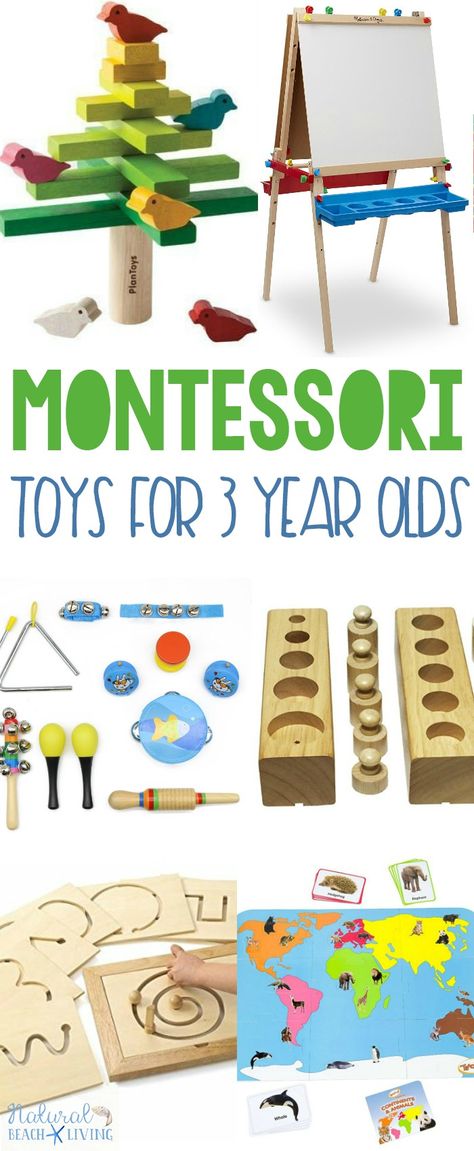
8. The child must be able to wash and dry their hands.Practice aids:
1. Stencils for children
2. Cordboard
3. Nikitin's cubes
4. Assemble a picture from two parts
5. Stencils for drawing
6. Fruits from paper
7. Application Flowers
8. Miracle of the palm, making applications
9. Cars with eyes
10. Book My House
11. Little Pony Bus
12. Palm Frame - For ToddlersSee also article for Parents What you need to know about Child Development.
Find out what a child should know and be able to do by age. Take advantage of the training aids offered by our website. nine0005
Child development calendar up to 1 year (by months)
Child from 1 to 2 years
Child from 3 to 4 years
Child from 4 to 5 years
Child from 5 to 7 yearsOur Partners - SHIPPING WORLDWIDE!
Main page
Subscribe to: Messages (Atom)
Hard and soft consonants
Use flashcards to teach your child when consonants are soft and hard.
Blue - solid Green -
Syllables. Making words from syllables
Syllables. Making words from syllables. Download free flashcards with letters and syllables. There are 20 cards in total. Letters and syllables for children. Cut...
Russian Alphabet Color Cards
Russian Alphabet Color Cards. Each card with a letter has a picture starting with that letter. With these cards you can ...
Connect the numbers and Color the picture
Learning numbers and counting with your child? How to fix the passed material? Consolidation of the material covered can be turned into an interesting and r...
Profession Cards
Unique Profession Cards. Download Free educational cards with professions for your children. Acquaintance of children with professions ....
Cards - Teaching a Child to Count
Cards - how to teach a child to count. Simply print out the colored cards to help your child learn the numbers 1 to 10.
